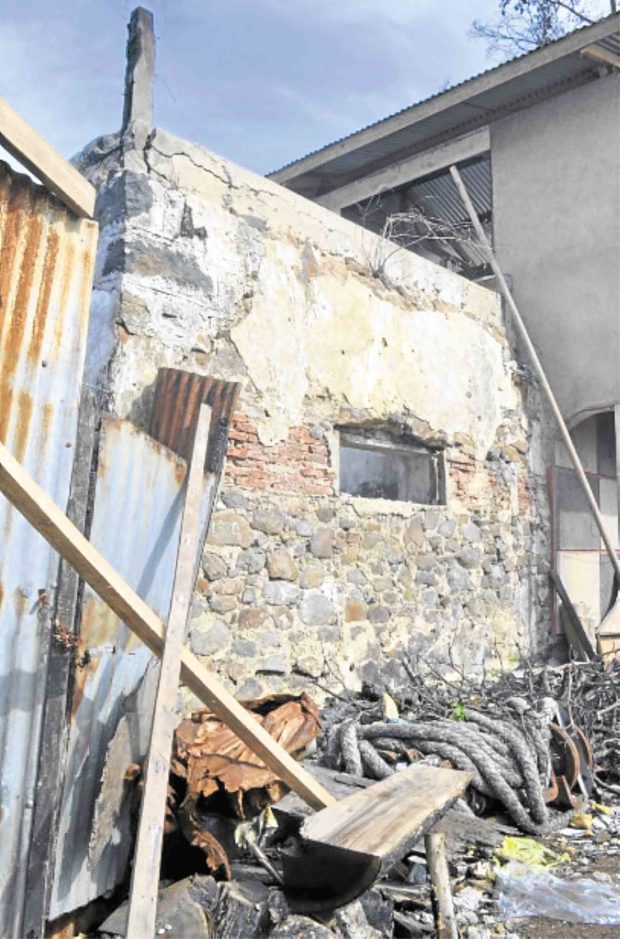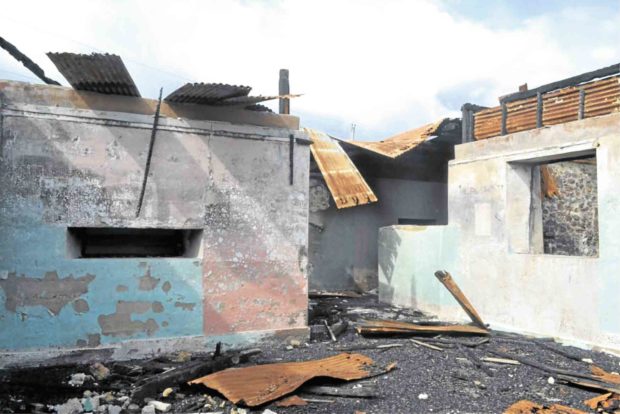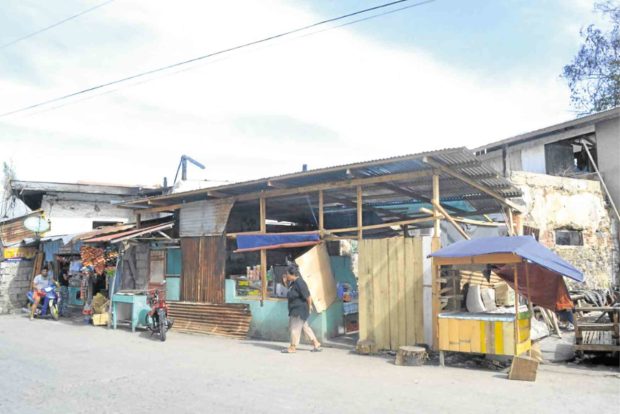
After years of being hidden in the midst of houses and actually reused as a residential area, Bongao’s less-known Spanish colonial fortification resurfaces following a huge fire in October which destroyed a number of homes in its Poblacion or town center.
In an article by American anthropologist Alexander Spoehr in the defunct Sulu Studies Journal based on the 1899 drawings of an American Army officer named H. M. Reeve, he noted a section of the fort was still standing during his visit in Bongao in 1969.
Spoehr mentioned that according to Reeve, the structure which had a commanding view of the town’s harbor had 12-foot walls, with peepholes for guns, and no roof.
A sketch by Reeve of the fort indicated a nearby stone pier and well. Meters away is a block house with its own stone pier which do no longer exist.
Sama pride
Mindanao State University- Tawi-Tawi College of Technology and Oceanography professor emeritus Filemon Romero said the structure was used as a garrison during the Spanish period and is a proof that the latter never governed that area of the country populated by the Sama ethnic group.
“It is a symbol of Bangsamoro struggle for self-determination and a sense of pride of the Sama,” he added.

University of Santo Tomas archivist Regalado Trota Jose however explained the structure was constructed by the Spaniards and that it is one of the southernmost Filipino-Hispanic constructions in the country.
The area was also part of a Spanish political district, he said, explaining “from 1893 to 1898, there were Commandancias Politico-Militares of Jolo, Siasi, and Tataan (on the island of Tawi-Tawi), and Bongao [which] were listed in the annual yearbooks of the government for these years.”
Jose however said that the structure needs to be preserved no matter who built it.
Relatively intact
The fort made from stones and bricks somehow still has its geometric S-Shape form and has peepholes as drawn and described by Reeves in 1899.

Romero said he had suggested to the local government to convert it into the Sama Museum of Culture and the Arts.
Aside from the Bongao fort, the Spaniards also built fortifications in the Sulu archipelago include particularly in Isabela, Basilan and Siasi, Sulu while the locals built their own forts in Balangigi Island and Maimbung in Sulu. –CONTRIBUTED









































